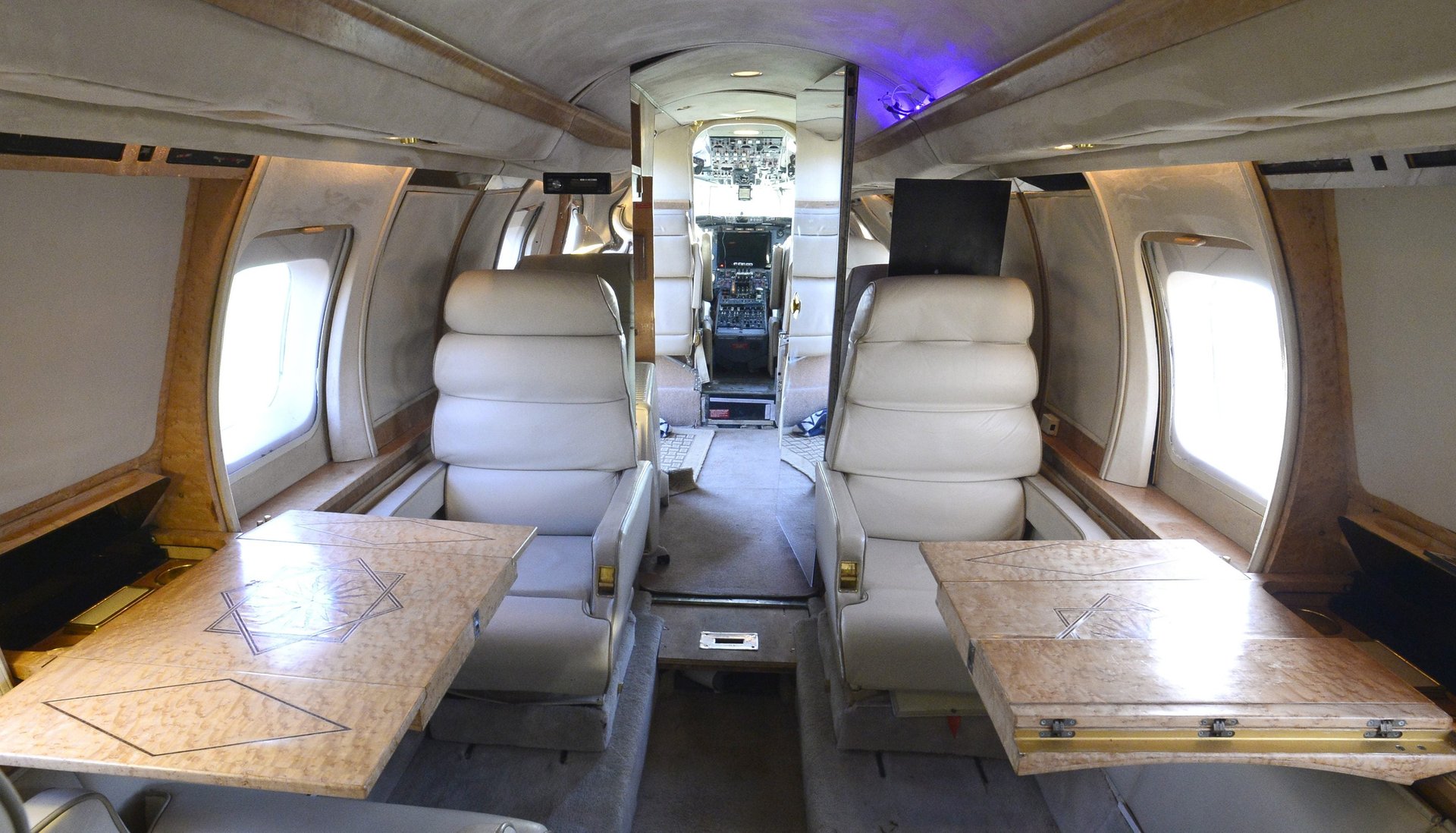The super-wealthy are turning to private jets to flee coronavirus
You’re a staggeringly wealthy person, and you’d like to get out of quarantined Hong Kong, stat. What to do? Under normal circumstances, flying commercial might fit the bill, albeit at the front of the plane—Cathay Pacific runs five non-stop flights every day from its Hong Kong base to New York. But for the next several months, with the new coronavirus wreaking havoc on global aviation, the airline is running just one daily flight between the two locations. If you’re flying first class, round-trip ticket prices start at about $32,000.


You’re a staggeringly wealthy person, and you’d like to get out of quarantined Hong Kong, stat. What to do? Under normal circumstances, flying commercial might fit the bill, albeit at the front of the plane—Cathay Pacific runs five non-stop flights every day from its Hong Kong base to New York. But for the next several months, with the new coronavirus wreaking havoc on global aviation, the airline is running just one daily flight between the two locations. If you’re flying first class, round-trip ticket prices start at about $32,000.
It’s unsurprising, then, that private jets have become the preferred option for people of extreme means evacuating the region: Demand for private flights from Hong Kong to Australia and North America jumped 214% in January, Lidor Revah, the CEO of private jet booking software company Imperium Jets, told Quartz. He estimated that a round-trip flight, seating 12 to 14 passengers, might cost between $250,000 and $300,000—a relative bargain, compared to purchasing individual first class tickets. (Unfortunately, you’d have to forego the air miles.)
By February, however, the rush was over: The number of private flights from Hong Kong to Australia fell 40% in February, according to the data research and consulting company WingX. Instead, as the virus took hold in Europe, private jet flights originating from Italy rose by 11%, before plummeting by 46% at the start of March. Flights out of China meanwhile fell by 50% year-on-year.
Private jets have quietly become more accessible and cheaper over the past 20 years, due in part to a boom in private jet membership schemes. Where fliers might once have bought a share of a jet or the entire plane, many newcomers now use charter services with per-hour pricing to zip around the world.
General interest in private jets has spiked, Revah said, due to a combination of cancelled commercial flights and a desire to avoid contracting the virus, especially in affected areas. “They want to feel safer, they want to feel away from the crowd,” he said. He compared the atmosphere in the industry to the period immediately following 9/11, when a combination of anxiety and long lines at security led to increased demand for private planes. “It’s kind of similar—there’s the same feeling.” If traffic patterns are similar, it could take four to six months for demand for commercial flights to return to pre-coronavirus levels, Revah estimated.